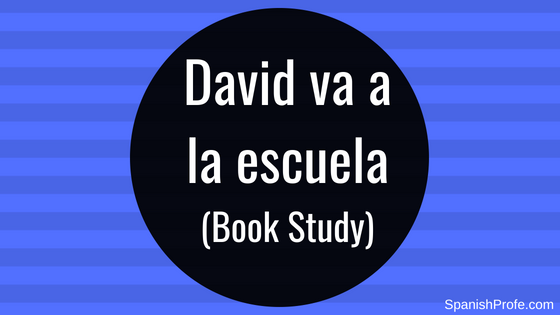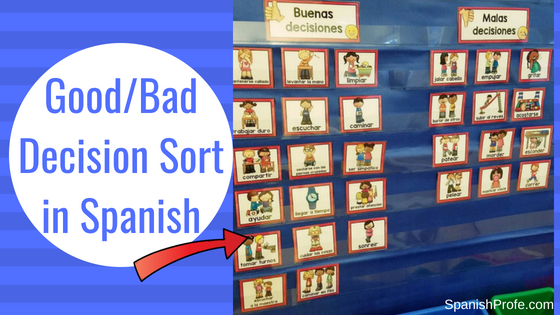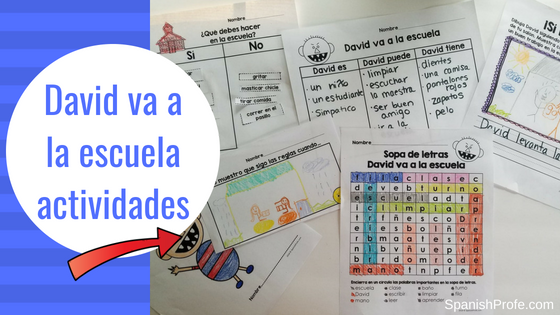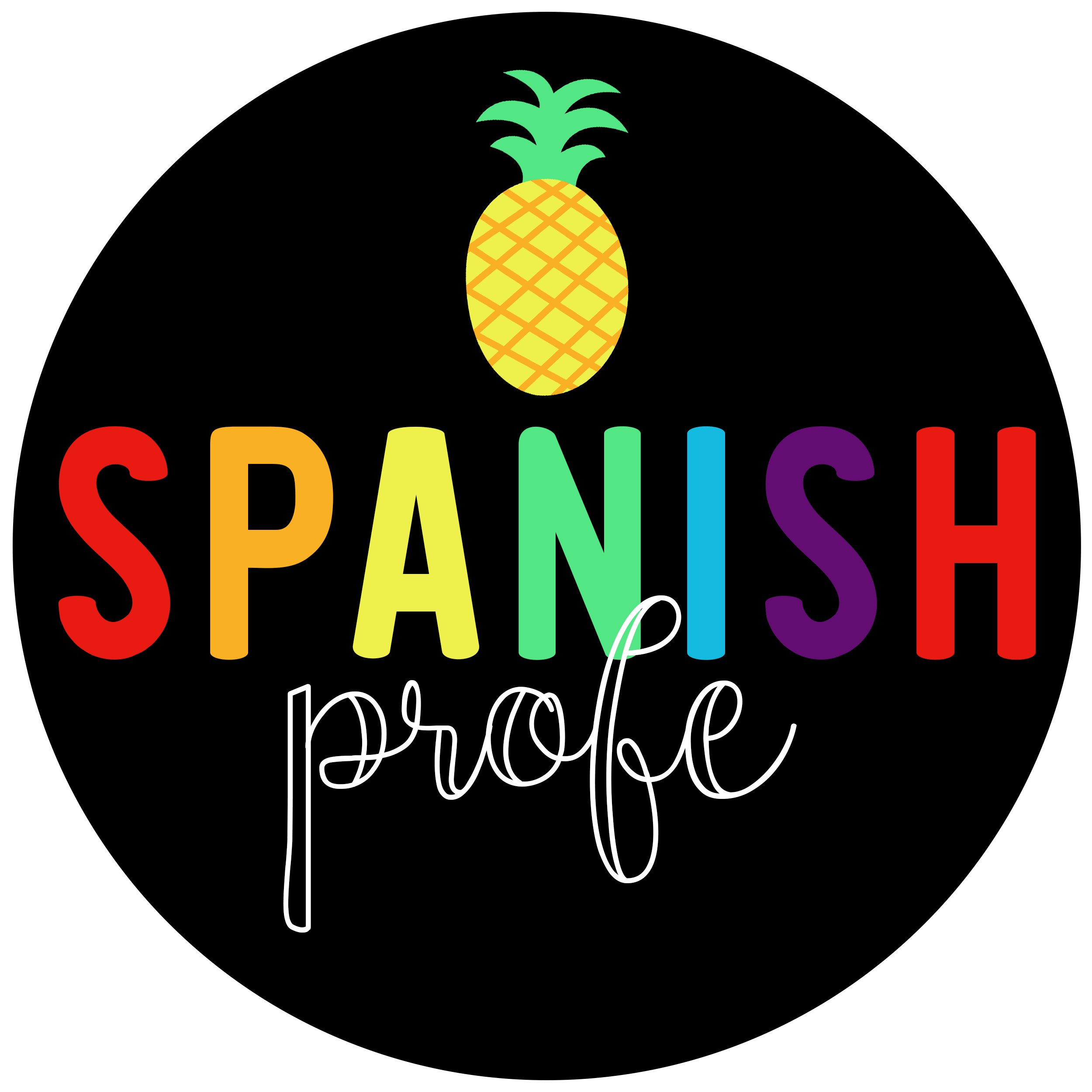The school year is about to begin and it is time to drill rules and routines into your new Spanish immersion student’s brains.
One of my favorite ways to introduce school rules is by reading ‘David va a la escuela‘ and do a book study in class. This book study could be used in a variety of levels, including Kindergarten, first and second grade. The discussion and depth of activities will vary with each grade level and the group of students.
It is fun to make anchor charts with your class that goes along with the book ‘David va a la escuela.’ Above you can see two anchor chart ideas. One with ‘good/bad decisions’ for school and the other listing off what a good student does at school. You could do just one of these or do both but on sperate days. Display them somewhere in your classroom where you can refer to them often the first couple of weeks (or month) of the school year.
The next activity could be done as a class or be used as a center during the first week of school. It is a ‘Good decision vs. Bad decision’ card sort in Spanish. In the picture above I used a pocket chart to arrange the cards (and later display them) in my classroom. This sort has more good and bad decisions than you will find in the book but most of the cards fitting behaviors for Kindergarten, first and second grade classrooms. These cards also bring up good rules/choices/decisions that you could talk about during your morning meeting or other time you are dedicating to learning classroom or school rules in your bilingual class.
These are great activities that you could have students do during seat work, reader’s workshop or centers the first week of class after reading the book together. They are great ways to reinforce that student’s know the classroom ‘reglas’ or ‘normas’ and can identify what is a good vs. bad choice at school and in the classroom. You can buy the entire book study and decision sort here.
Do you do any other activities with your students when you read ‘David va a la escuela’? Share your ideas in the comments.













